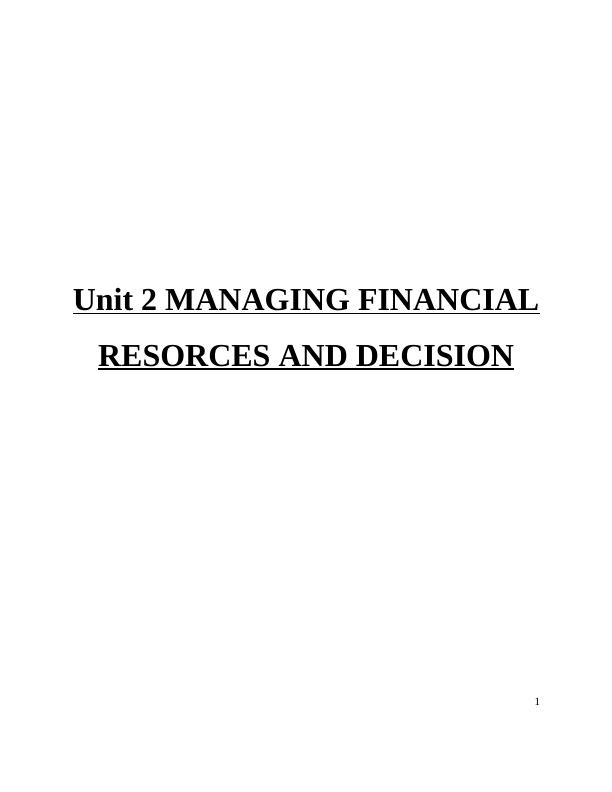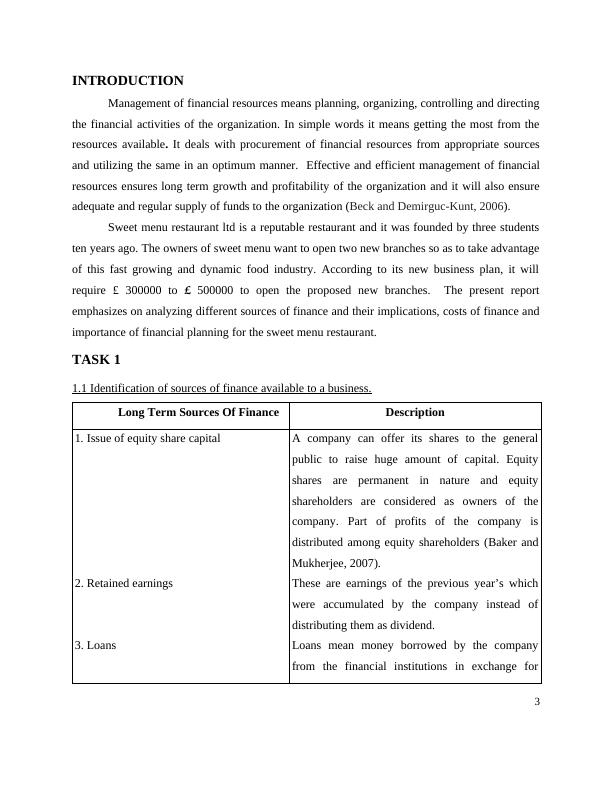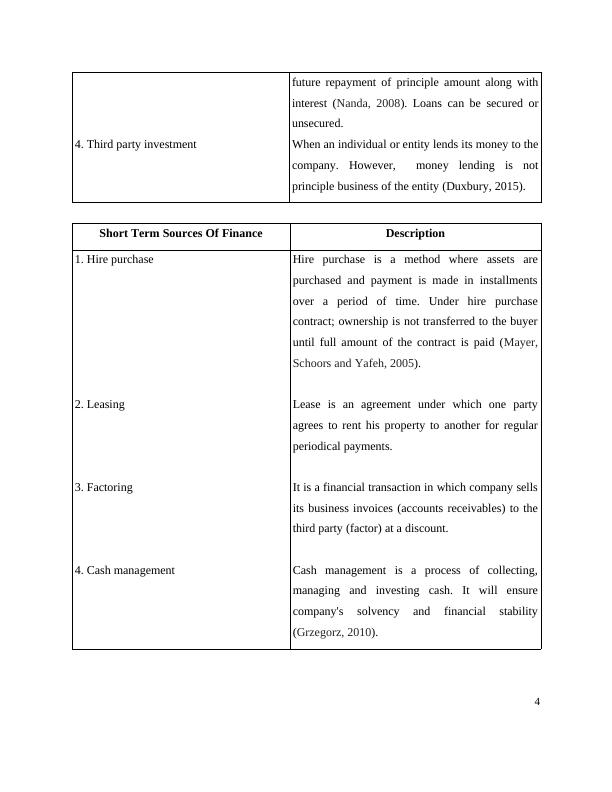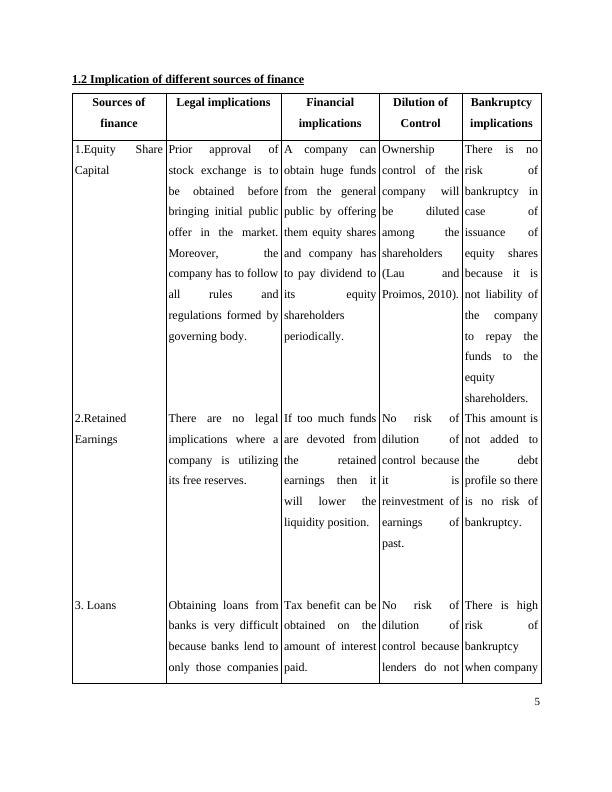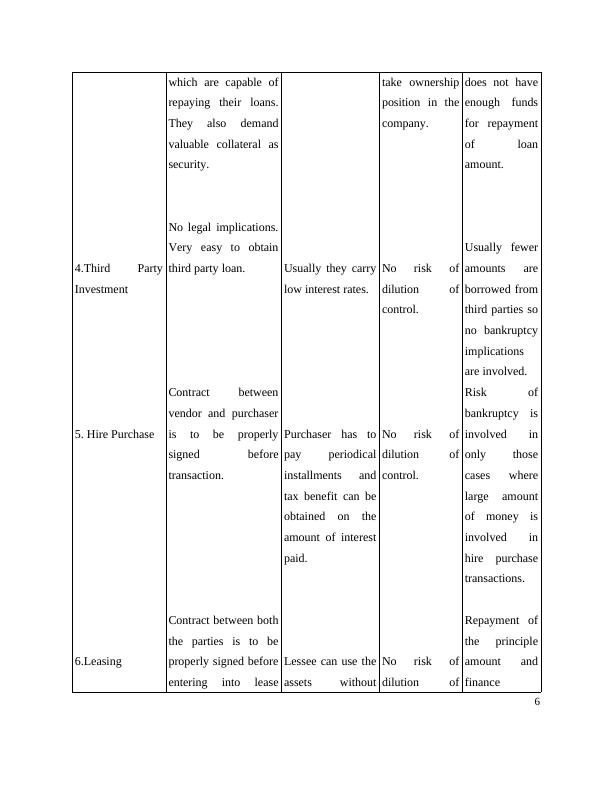MANAGING FINANCIAL RESORCES AND DECISION INTRODUCTION
23 Pages5627 Words386 Views
Added on 2020-01-15
About This Document
7 TASK 28 2.1 Analysis of costs of different sources of finance identified in task 1.38 2.2 Importance of financial planning 8 2.3 Assessing information needs of different decision makers. 9 2.4 Impact of finance on financial statements9 TASK 311 3.1 Analyzing budget and making appropriate decision 11 3.2 Calculation of unit costs and making pricing decisions 13 3.3 Assessing the viability of a project using investment appraisal techniques 14 TASK 415 4.1 Explain the content of Financial statement 15 4.2 Comparison between different formats of financial statements for different types
MANAGING FINANCIAL RESORCES AND DECISION INTRODUCTION
Added on 2020-01-15
ShareRelated Documents
End of preview
Want to access all the pages? Upload your documents or become a member.
Financial Planning in Sweet Menu Restaurant Ltd | Report
|15
|4460
|438
Managing Financial Resources and Decisions Assignment
|14
|4960
|44
(solved) Assignment Managing Financial resources and decisions
|19
|5342
|33
Analyzing Managing Financial Resources Decisions Assignment
|16
|5126
|76
Sources Of Finance - Sweet Menu Restaurant Assignment
|19
|6191
|73
(PDF) Managing financial resources and decisions Assignment
|16
|5484
|50

